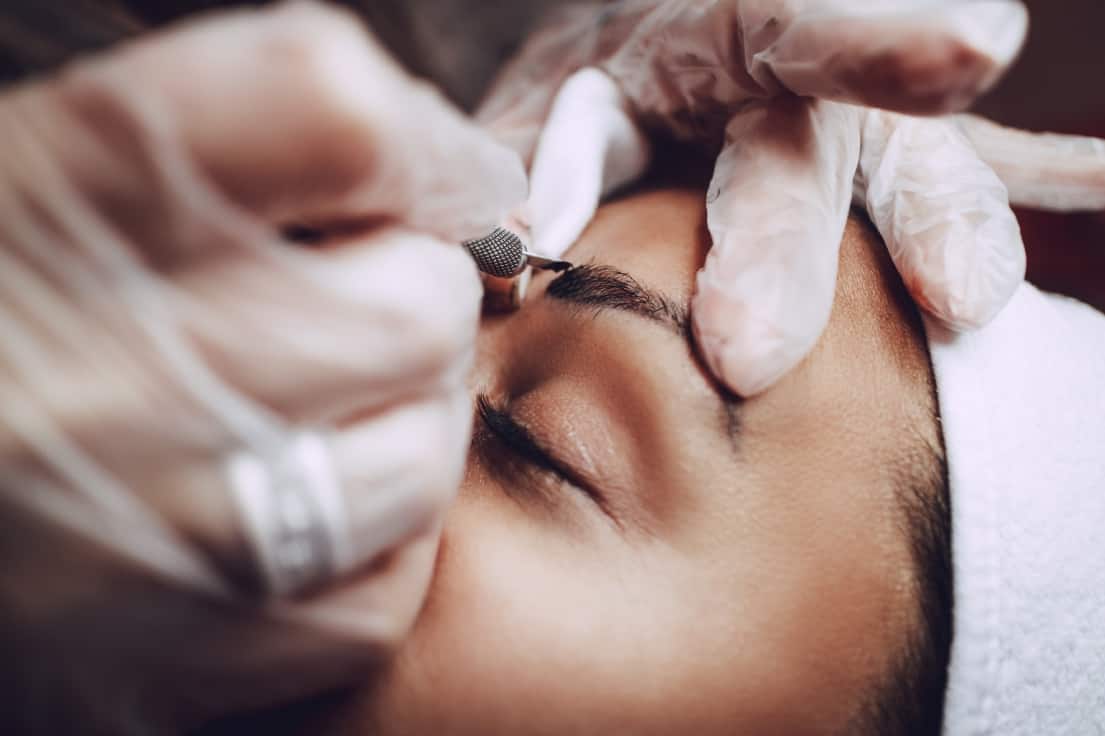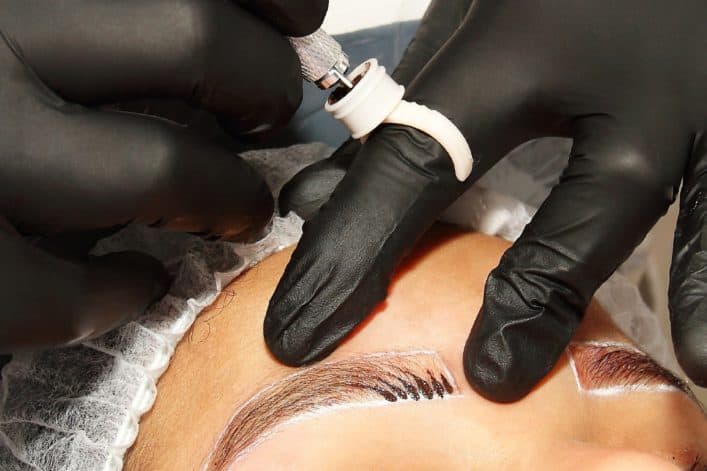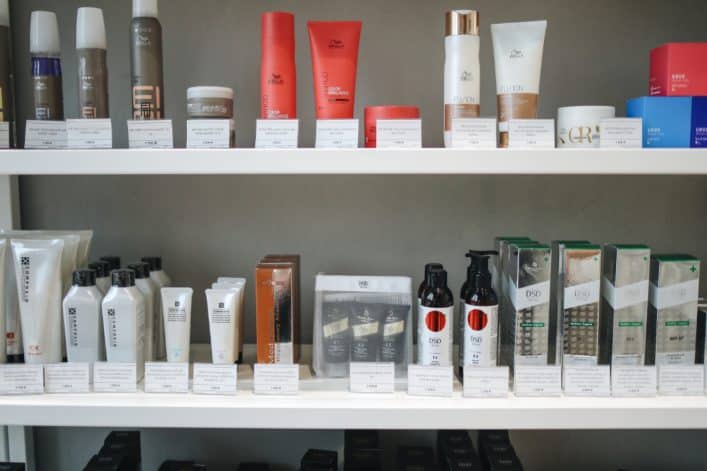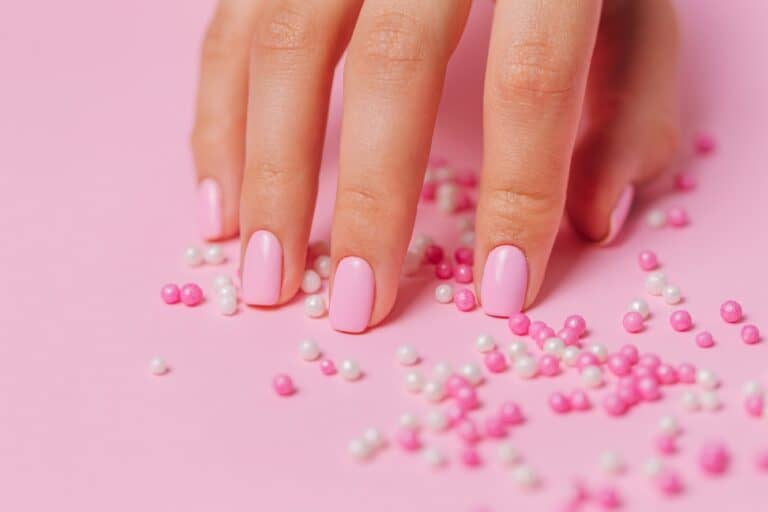How To Start A Microblading Business: The Best Guide For Your Success
If you’re looking to start your own business, then you may be interested in learning a new skill like microblading.
This is a relatively new beauty trend that has gained a lot of popularity in recent years.

In this blog post, I’ll cover everything from licensing and training requirements to marketing and pricing strategies.
The microblading industry is rapidly growing and can easily be a lucrative business. So, if you are ready to make some money and become your own boss, keep reading!
This post is for general informational and educational purposes only. You can read the full disclaimer for more information.
What is microblading?
Microblading is thought to have originated in Asia, within the past 25 years. The technique later spread to Europe and to the United States.
And by 2015, microblading had become the most popular method of cosmetic eyebrow tattooing.
Microblading is a form of tattooing that uses a small handheld instrument with numerous tiny needles to apply semi-permanent makeup or pigment to the skin.
It’s typically used on eyebrows to create, enhance, or reshape their appearance in terms of both shape and color.
Microblading is also sometimes called embroidery, feather touch, microstroking, 3D eyebrow embroidery, and hair-like strokes.
What makes microblading semi-permanent is that it deposits pigment into the upper region of the dermis.
It fades faster than traditional tattooing techniques, which deposit pigment deeper into the skin. In general, the treatment can lasts anywhere from 18 to 30 months, and occasionally up to 3 years.
A touch-up session is encouraged 6 weeks after the first microblading procedure, and every 12-18 months thereafter (source).
The technique for microblading is different from traditional eyebrow tattooing in that each hairstroke is made by hand using a blade.
It makes small incisions in the skin, as opposed to a machine and single needle bundle used in eyebrow tattoos.
Microblading artists are not necessarily tattoo artists, and tattoo artists are not necessarily microblading artists. Each technique requires different training.
How much money can you make from microblading?
I researched the prices of 6 different shops. I looked at shops that provided the service of microblading, not to be confused with the many other techniques such as microshading.
Their prices ranged from $350 – $550, for the initial microblading appointment.
Out of the six shops, two of them included the price of the touchup in their fee. The others charged for the touch up separately.
The prices of a touch up ranged from $99 – $200. I also found a range suggested as to when the touch up should take place.
Some shops said between 4 – 6 weeks. Some at 6 weeks. And others said between 6 – 8 weeks.
If a potential client appointment takes roughly 2 hours and you work an 8 hour day. That’s four micoblading clients you can take in a day.
If we did the math, in about one week, if you charged:
- $350 for the 1st appointment x 4 people in one day = you can make $1,400 per day or $7,000 in a five day work week
OR
- $550 for the 1st appointment x 4 people in one day = you can make $2,200 per day or $11,000 in a five day work week
So you can expect to make anywhere from $1,400 – $2,200 per day or anywhere from $7,000 – $11,000 per week with potential clients.
Note this math isn’t including the cost of those touch ups that are charged separately.
The six shops I Googled, were all businesses with greater than 4.7 stars and located within the city of Pittsburgh, PA.
How to start a microblading business
Now that you know what microblading is and how much money you can make from it, let’s get into how to start your own microblading business.
The first step to a successful business is to do your research. You need to familiarize yourself with the ins and outs of the business.
This includes understanding the training and certification process in your area, the costs of starting and running your business, and the potential risks involved.
This will ensure that you are taking all the necessary steps as a business owner to start your new permanent makeup business legally and safely. The Society of Permanent Cosmetic Professionals has tons of great free information for you to check out.
I will outline the main steps involved in starting your own microblading business below.
Step 1: How to get training and certification
The first thing is to look for training classes that has been approved by The American Academy of Micropigmentation (AAM) and The Society of Permanent Cosmetic Professionals (SPCP).
The classes that have been authorized by at least one of the two organizations, and means they adhere to the organization’s official standards and are taught by a society-certified instructor.
You’ll want to avoid classes that provide less than 100 hours of proper training. Due to microblading’s boom in popularity, lots of unofficial training classes have popped up.
These courses are frequently less than 6 days long, low-cost, or promise a free microblading kit as part of the package. A legit microblading course should make mention of the AAM or SPCP.
These unofficial classes may provide actual training, but few will get you closer to becoming a certified microblading artist. You’ll need official documentation that shows you attended and passed the class.
Which includes how many hours you worked and is signed by your instructor. If permitted, it wouldn’t hurt to take photos of any live work completed.
Both the AAM and SPCP exams require proof that you completed 100 hours of training.
You can expect to put in at least 100 hours of time divided between class study, homework, live practice, and teacher demonstrations. Usually over the course of a week.
Most full courses cost between $4000 – $5000.
In addition to 100 hours of microblade training, both the AAM and the SPCP require you to complete a Bloodborne Pathogens Standard (BPS) course.
The course must meet Occupational Safety and Health Administration (OSHA) standards.
These courses are pretty cheap, at about $25 or less. Be sure to check and see if your organization prefers you complete this training in person or if they’ll accept online alternatives.
Consider joining the AAM or SPCP. It’s the best way to access resources, support, and all their perks.
The AAM is known primarily in the United States while the SPCP has greater recognition abroad. Choose whatever membership is right for you. Register for the exam and get certified.
|
|
Membership Fee |
Exam Fee (Certification) |
|
AAM |
$197 general membership |
$397 (level Gold) includes fee for the 1st yr. of membership |
|
SPCP |
$325 annually |
$250 for members $350 non-members |
Microblading is regulated on the local level as a form of permanent makeup or tattoo. These regulations vary widely by country, state or district, and county.
For information on what you need to become a practicing technician or obtain a professional license in your specific area, contact your local department of health, Cosmetology, Human Services, or Commerce.
In addition to getting insurance as a permanent makeup artist.
Step 2: Setting up shop
Develop a business plan to guide you through the process of setting up your shop.
A good business plan will include an executive summary, market analysis, competitive analysis, product/service offering, management team, and financial projections.
Next you’ll want to choose a business structure. The most common structures are a sole proprietorship, partnerships, limited liability companies (LLCs), and corporations. You’ll also need to get a business license and any other required permits for your area.
Now you’re ready to find the perfect space for your shop. Look for something that is easily accessible with lots of foot traffic. The location of your shop will play a big role in its success, so choose it wisely!
When it comes to equipment there are tons of vendors out there. So shop around. This list is a good place to start. Plus a vendor list and an equipment resource.
However, these pages are only for information purposes and it is up to you to determine which products are the best fit for your needs. Just to give you some idea of what equipment/supplies you’ll need:
- Pigments
- Anesthetics
- Brow guide
- Disposable needles
- Microblading machine
- Good lighting
- Cleanser
- Aftercare Products
Another part of setting up your shop is coming up with a pricing strategy. You’ll need to find a balance between making a profit and being competitive.
Research other microblading shops in your area to get an idea of what the going rate is. Things to consider when pricing your microblading services:
- Calculate your expenses
- Examine the market
- Know your clients
- Consider how much time you’ll need to complete the project
- Set a reasonable profit margin
- Charge an hourly or per-project fee
Step 3: Branding and marketing your business
The next step is to start branding your business. This includes choosing a business name, creating a logo, and developing a marketing strategy.
Your name should be reflective of the type of business you want to create. For example, if you want to create a luxury brand then your name should reflect that.
Creating a logo and coming up with your brand colors is an important part of branding your business. This is what will help you stand out from the competition.
There are lots of ways to market your microblading business to future clients. You can create an online presence with social media platforms and online directories. Or use word-of-mouth, and print marketing (e.g., flyers, business cards).
One important thing to remember when marketing your business is to be honest with the results that microblading can deliver. Along with delivering excellent customer service, this will lead to satisfied customers who will come back and are more likely to recommend your services.
Step 4: Build your client base
The final step is to start building your client base. There are a few ways to do this:
- Use social media to post before-and-after photos, offer discounts, and run contests.
- Get involved with local beauty events.
- Offer free consultations.
- Give referral discounts to current clients who refer new microblading clients
- Speak at local beauty schools
Building a client base can be hard work and take time and effort. But it will be worth it when you start to see your business grow!
How to start a microblading business takeaway
Did you know that the average person spends over $600 on beauty products each year?
And with the popularity of procedures like microblading, that number is only going to go up! If you’re thinking about starting a successful microblading business now is the time.
A microblading business is a great way to enter the beauty industry. By following these steps, you’ll be on your way to success!













